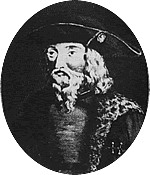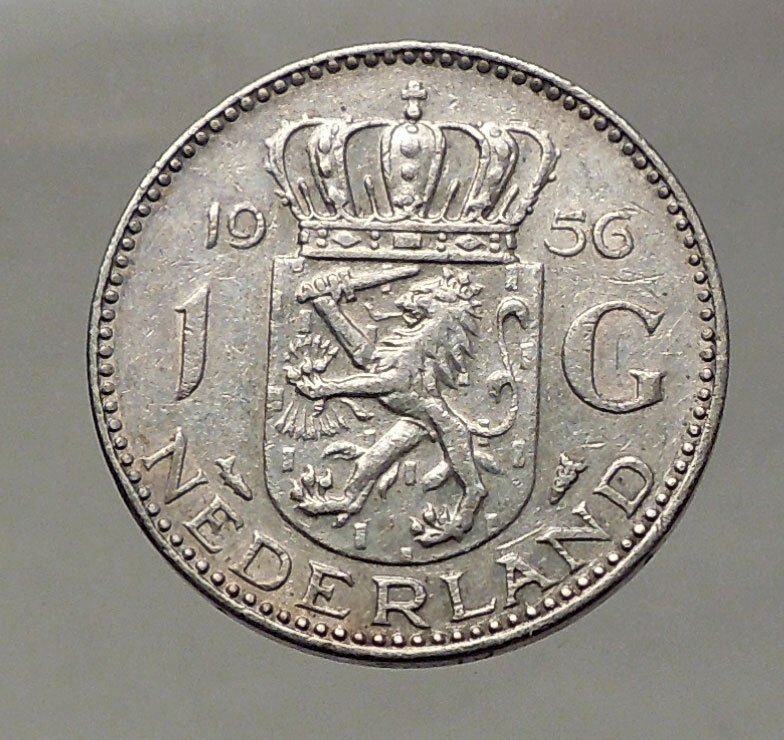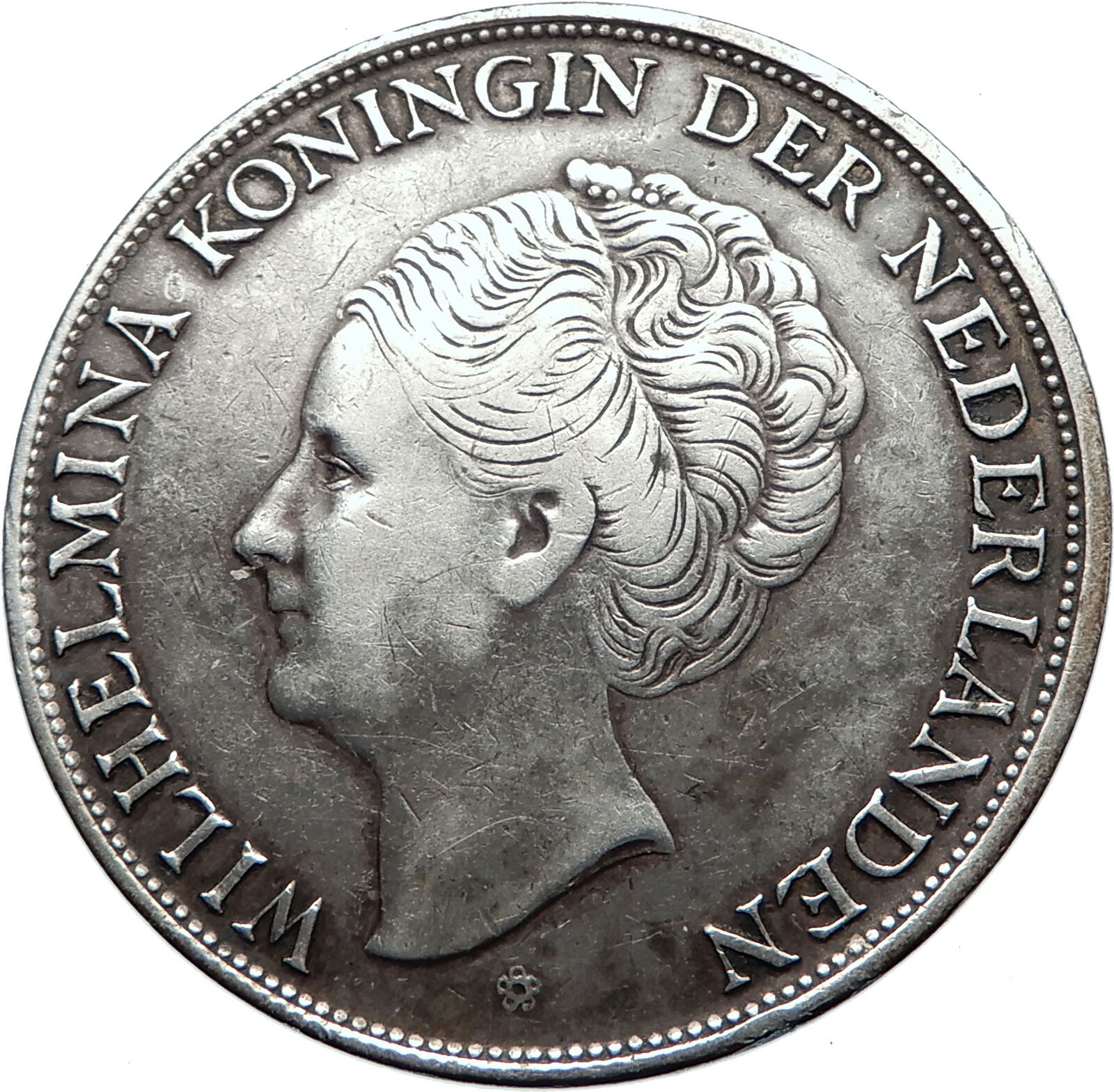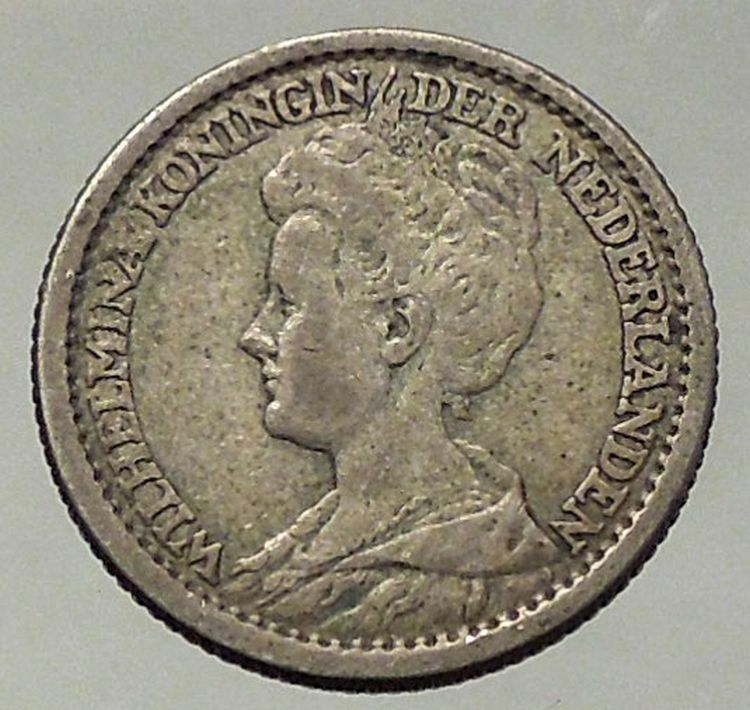|
Kingdom of Netherlands under Duke Arnold von Egmont of Guelders
1423-1472 Gold Florin 23mm (3.31 grams)
Reference: Fr# 56, Delm-604
Certification: NGC AU DETAILS 6057099-001
S· IOHANNES – BABTISTA, John the baptist standing.
DVX· ARNOLD· GEL· Z- · IVL· Z- · COMIS· Z, Five shields in quadrilobe.
You are bidding on the exact item pictured, provided with a Certificate of Authenticity and Lifetime Guarantee of Authenticity.
 Arnold of Egmond (14 July 1410 – 23 February 1473) was Duke of Guelders, Count of Zutphen. Arnold of Egmond (14 July 1410 – 23 February 1473) was Duke of Guelders, Count of Zutphen.
Arnold was born in Egmond-Binnen, North Holland, the son of John II of Egmond and Maria van Arkel.
On 11 July 1423, Arnold, still a boy, succeeded Duke Reinald IV. Arnold was the grandson of Reinald’s sister, Johanna. Although the Emperor Sigismund had invested the Duke of Berg with the duchy of Gelders, Arnold retained the confidence of the Estates by enlarging their privileges, and enjoyed the support of Duke Philip of Burgundy. Arnold was betrothed, and afterwards united in marriage to Catherine of Cleves, a niece of Philip of Burgundy. Subsequently, however, Duke Arnold fell out with his ally as to the succession to the see of Utrecht, whereupon Philip joined with the four chief towns of Guelders in the successful attempt of Arnold’s son Adolf to substitute his own for his father’s authority. Arnold gave up his claim on Jűlich only after his defeat in 1444 by Gerhard VII, Duke of Jülich-Berg.
 When Charles the Bold became Duke of Burgundy in 1467, after rejecting a compromise, Adolph was thrown into prison. Arnold, against the will of the towns and the law of the land, pledged his duchy to Charles for 300,000 Rhenish florins (1471). Upon Arnold’s death two years later at Grave, Charles took possession of the duchy, starting a series of wars that would last more than 70 years. When Charles the Bold became Duke of Burgundy in 1467, after rejecting a compromise, Adolph was thrown into prison. Arnold, against the will of the towns and the law of the land, pledged his duchy to Charles for 300,000 Rhenish florins (1471). Upon Arnold’s death two years later at Grave, Charles took possession of the duchy, starting a series of wars that would last more than 70 years.
.svg/220px-Kingdom_of_the_Netherlands_(orthographic_projection).svg.png)  The Kingdom of the Netherlands, commonly known as the Netherlands, is a sovereign state and constitutional monarchy with territory in western Europe and in the Caribbean. The Kingdom of the Netherlands, commonly known as the Netherlands, is a sovereign state and constitutional monarchy with territory in western Europe and in the Caribbean.
 The four parts of the Kingdom – Aruba, Curaçao, Sint Maarten and the Netherlands – are constituent countries (landen in Dutch) and participate on a basis of equality as partners in the Kingdom. In practice, however, most of the Kingdom affairs are administered by the Netherlands – which comprises roughly 98% of the Kingdom’s land area and population – on behalf of the entire Kingdom. Consequently, the countries of Aruba, Curaçao, and Sint Maarten are dependent on the Netherlands for matters like foreign policy and defence, although they are autonomous to a certain degree with their own parliaments. The four parts of the Kingdom – Aruba, Curaçao, Sint Maarten and the Netherlands – are constituent countries (landen in Dutch) and participate on a basis of equality as partners in the Kingdom. In practice, however, most of the Kingdom affairs are administered by the Netherlands – which comprises roughly 98% of the Kingdom’s land area and population – on behalf of the entire Kingdom. Consequently, the countries of Aruba, Curaçao, and Sint Maarten are dependent on the Netherlands for matters like foreign policy and defence, although they are autonomous to a certain degree with their own parliaments.
The vast majority in land area of the constituent country of the Netherlands (as well as the Kingdom) is located in Europe, with the exception of the Caribbean Netherlands: its three special municipalities (Bonaire, Saba, and Sint Eustatius) that are located in the Caribbean. The constituent countries of Aruba, Curaçao, and Sint Maarten are located in the Caribbean as well.
|









 Arnold of Egmond (14 July 1410 – 23 February 1473) was Duke of Guelders, Count of Zutphen.
Arnold of Egmond (14 July 1410 – 23 February 1473) was Duke of Guelders, Count of Zutphen. When Charles the Bold became Duke of Burgundy in 1467, after rejecting a compromise, Adolph was thrown into prison. Arnold, against the will of the towns and the law of the land, pledged his duchy to Charles for 300,000 Rhenish florins (1471). Upon Arnold’s death two years later at Grave, Charles took possession of the duchy, starting a series of wars that would last more than 70 years.
When Charles the Bold became Duke of Burgundy in 1467, after rejecting a compromise, Adolph was thrown into prison. Arnold, against the will of the towns and the law of the land, pledged his duchy to Charles for 300,000 Rhenish florins (1471). Upon Arnold’s death two years later at Grave, Charles took possession of the duchy, starting a series of wars that would last more than 70 years..svg/220px-Kingdom_of_the_Netherlands_(orthographic_projection).svg.png)
 The Kingdom of the Netherlands, commonly known as the Netherlands, is a sovereign state and constitutional monarchy with territory in western Europe and in the Caribbean.
The Kingdom of the Netherlands, commonly known as the Netherlands, is a sovereign state and constitutional monarchy with territory in western Europe and in the Caribbean. The four parts of the Kingdom – Aruba, Curaçao, Sint Maarten and the Netherlands – are constituent countries (landen in Dutch) and participate on a basis of equality as partners in the Kingdom. In practice, however, most of the Kingdom affairs are administered by the Netherlands – which comprises roughly 98% of the Kingdom’s land area and population – on behalf of the entire Kingdom. Consequently, the countries of Aruba, Curaçao, and Sint Maarten are dependent on the Netherlands for matters like foreign policy and defence, although they are autonomous to a certain degree with their own parliaments.
The four parts of the Kingdom – Aruba, Curaçao, Sint Maarten and the Netherlands – are constituent countries (landen in Dutch) and participate on a basis of equality as partners in the Kingdom. In practice, however, most of the Kingdom affairs are administered by the Netherlands – which comprises roughly 98% of the Kingdom’s land area and population – on behalf of the entire Kingdom. Consequently, the countries of Aruba, Curaçao, and Sint Maarten are dependent on the Netherlands for matters like foreign policy and defence, although they are autonomous to a certain degree with their own parliaments.




